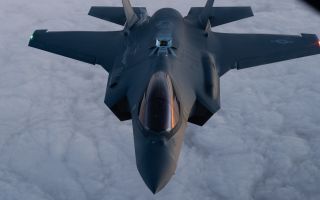The next battlefield is invisible and the fight for electromagnetic dominance has begun
The battlefield is changing, and the fight for dominance is shifting into a new, unseen realm.
With the rapid evolution of drone warfare and electronic surveillance, the electromagnetic spectrum has become as critical as air, land, and sea.
Mastering electronic warfare (EW) is now essential – not just to jam enemy signals and intercept intelligence, but to defend systems from interference.
The rise of Pulsar
To meet this challenge, Anduril Industries has unveiled Pulsar, a modular system designed to adapt in real-time to emerging electronic threats.
Using radio frequency machine learning (RFML), Pulsar can read and reconfigure itself in real-time against enemy EW systems.
To put simply, it can read the electromagnetic room and reconfigure itself to counter enemy EW systems as they update themselves to try to shake the threat of detection or disruption.
Traditional EW methods often struggle to keep pace with rapidly shifting signals, but Pulsar's machine learning capabilities allow it to instantly counteract new threats.
A new era of warfare
The importance of EW is growing as modern armies become more reliant on interconnected systems.
A new report from the Royal United Services Institute (RUSI) highlights the need for the British Army to prepare for this evolving threat landscape.
The report warns that while not every soldier can be trained as an EW operator, all must become spectrum-aware.
The increasing use of electronic devices in combat makes troops more vulnerable to jamming, hacking, and detection.
In future conflicts, dominance won't just be measured in firepower – it will be decided in the invisible battles of the electromagnetic spectrum.
The question now is whether UK Armed Forces can adapt fast enough to keep up.








